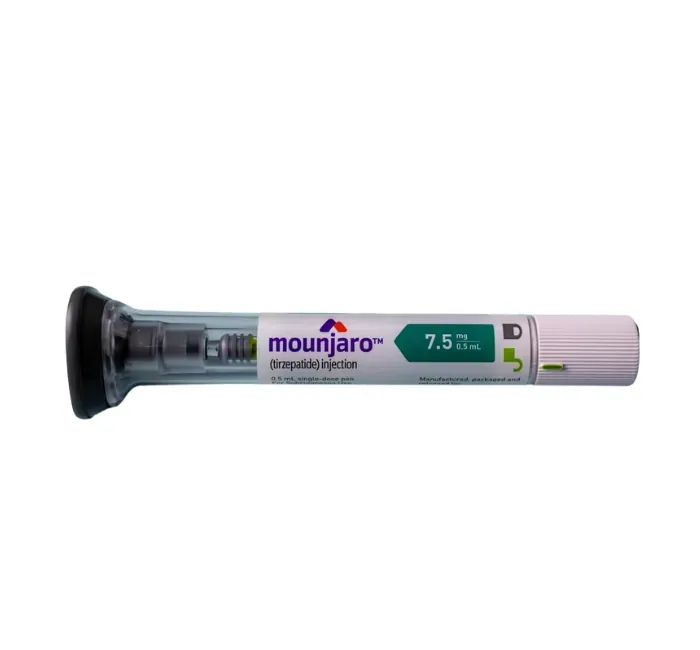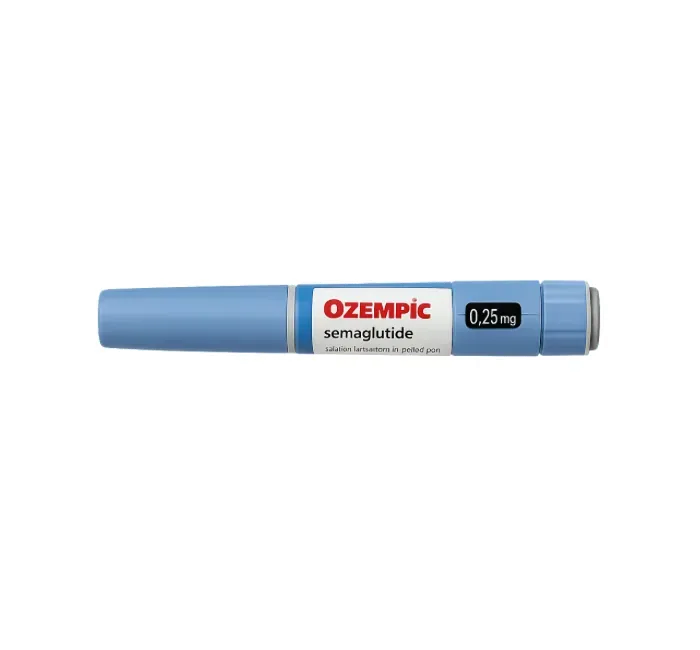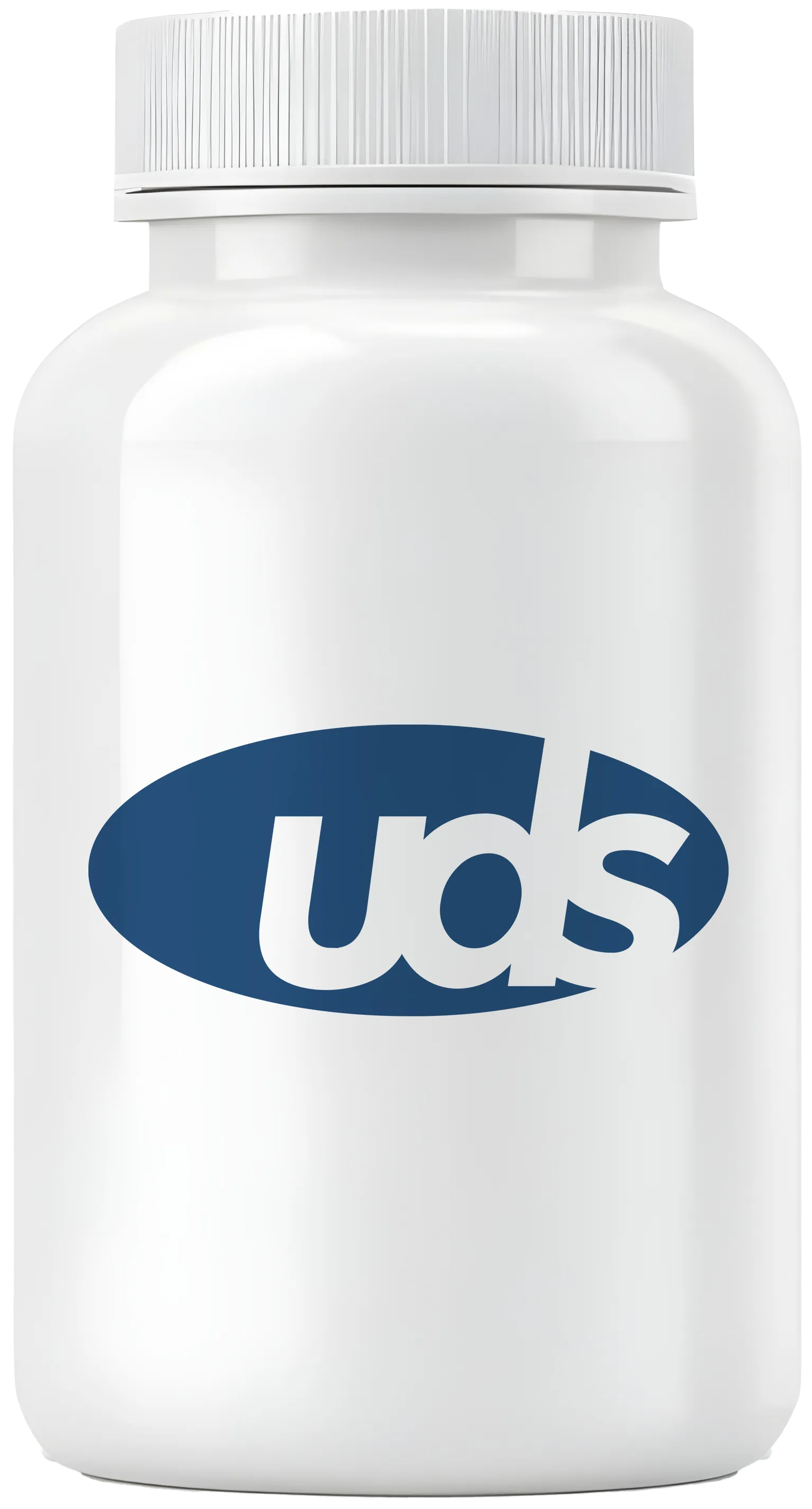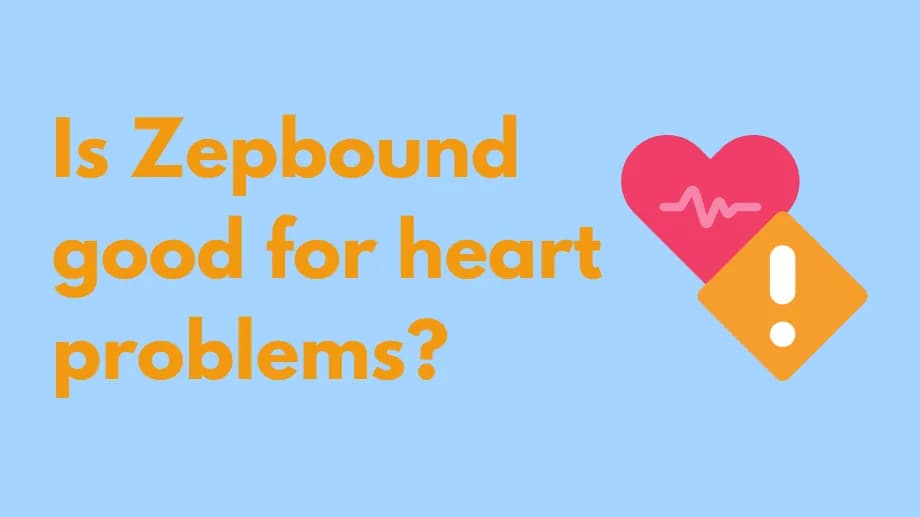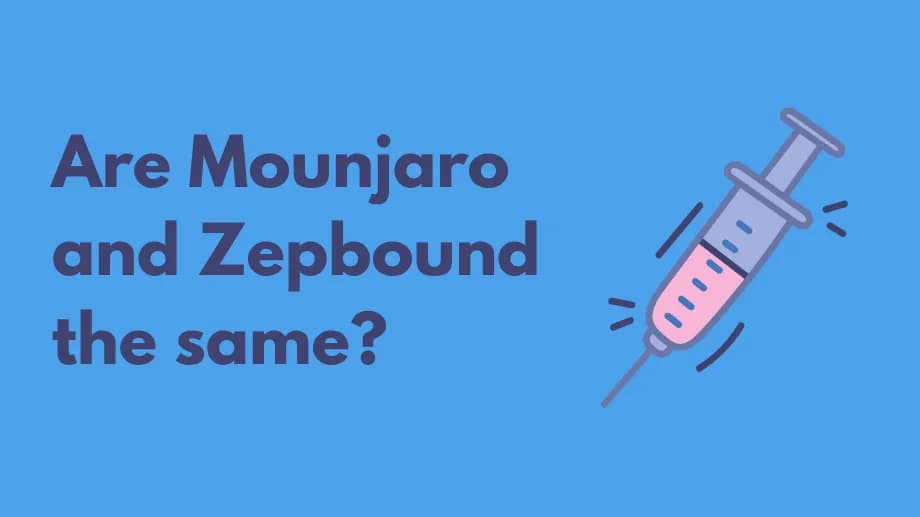What is Zepbound?
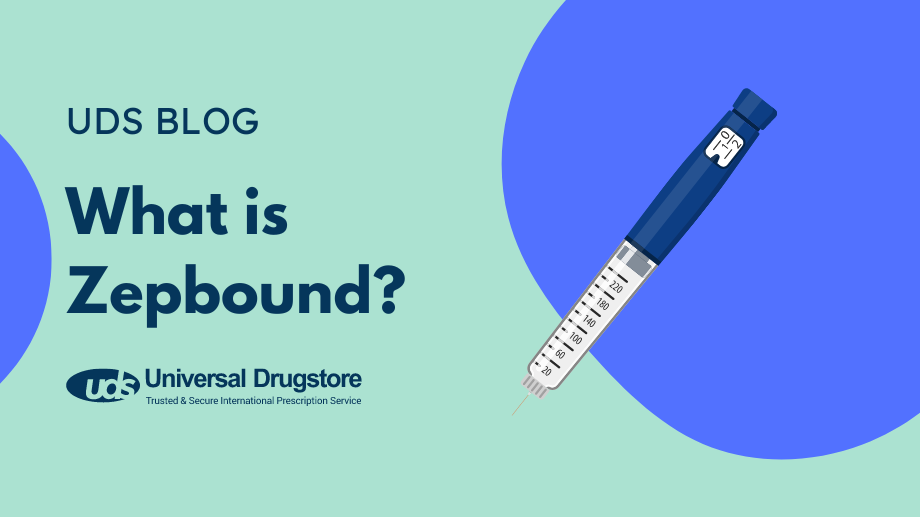
In November 2023, the U.S. Food and Drug Administration (FDA) approved the new weight loss drug Zepbound (tirzepatide) from Eli Lilly amid soaring demand and ongoing drug shortages. It joins similar FDA-approved drugs such as Wegovy and Saxenda, although Zepbound works a little differently from these medications.
Zepbound contains the same active ingredient, tirzepatide, as Mounjaro, a popular type 2 diabetes medication. Eli Lilly took a similar approach to what Novo Nordisk did with their type 2 diabetes drug Ozempic, whose active ingredient semaglutide, is now a weight loss medication under the brand name Wegovy. Zepbound has shown great results in clinical trials with a higher average weight loss when compared to trials of Wegovy. After 72 weeks patients on the highest dose of Zepbound had at least a 22% total body weight loss while those on Wegovy lost 15% of their total body weight at 68 weeks. It has the highest weight loss numbers of the anti-obesity medications on the market right now and is an exciting new treatment option for obese people who have tried unsuccessfully to lose weight and keep it off.
Keep reading to learn how Zepbound works, who can take it, what its side effects are, as well as answer some other frequently asked questions.
Zepbound FAQs
What conditions are Zepbound approved to treat?
Zepbound (tirzepatide) is FDA-approved along with increased physical activity and a reduced-calorie diet for chronic weight management in adults with an initial body mass index (BMI) of:
- 30 kg/m2 or higher (obesity)
- 27 kg/m2 or higher (overweight) with at least one weight-related condition such as high cholesterol, high blood pressure (hypertension), type 2 diabetes, heart disease, or obstructive sleep apnea
How does Zepbound work for weight loss?
Tirzepatide, the active ingredient in Zepbound, is a glucagon-like peptide-1 (GLP-1) and glucose-dependent insulinotropic polypeptide (GIP) receptor agonist. It works by acting like GLP-1 and GIP, 2 hormones released in your gut that are involved in the regulation of blood sugar and appetite. GLP-1 and GIP target areas in your brain to help decrease appetite and slow down digestion to help you feel full faster and longer. This can help you eat less and lose weight. They also stimulate your pancreas to release insulin, which reduces your blood sugar levels.
What are the side effects of Zepbound?
The most common side effects of Zepbound in clinical trials when compared to placebo include:
- Nausea
- Diarrhea
- Vomiting
- Indigestion
- Constipation
Some other possible side effects of Zepbound include:
- Burping
- Fatigue
- Stomach pain
- Hair loss
- Injection site reactions
- Dizziness
Zepbound may also cause more serious side effects including:
- Serious allergic reactions, including hives, swelling of your throat and tongue, trouble breathing
- Increased risk of thyroid cancer or thyroid tumors
- Pancreatitis
- Kidney damage including kidney failure
- Gallbladder problems including gallstones
- Hypoglycemia (dangerously low blood sugar)
- Vision changes in people with type 2 diabetes (diabetic retinopathy)
- Worsening depression or suicidal thoughts
These are not all of the possible adverse events of Zepbound. You should always seek medical advice from a healthcare professional for any questions or concerns about your medical condition or treatment. You should also read all the patient information, including your Medication Guide that comes with Zepbound. You can report side effects to the FDA at 1-800-FDA-1088 or www.fda.gov/medwatch.
Who should not use Zepbound?
The Food and Drug Administration (FDA) recommends people who have a personal or family history of medullary thyroid cancer (MTC) should not use Zepbound along with people with Multiple Endocrine Neoplasia syndrome type 2 (MEN 2). You should also avoid this medication if you are allergic to tirzepatide or any inactive ingredient in this product.
Shop Medications
What precautions are there with Zepbound?
You should be sure your healthcare provider is aware of all your medical conditions as they may be contraindications or you may need increased monitoring during treatment, including if you:
- Currently have or have a history of kidney or pancreas problems
- Have severe stomach problems such as slowed emptying of your stomach (gastroparesis) or problems with digesting food
- Currently have or have a history of diabetic retinopathy
- Are pregnant or plan on becoming pregnant
- Are breastfeeding or plan on breastfeeding
Oral birth control pills may not work as well if you take Zepbound. You will need to use another type of birth control for 4 weeks after starting this medication and for 4 weeks after each increase in your dose of Zepbound.
Are there any drug interactions with Zepbound?
When Zepbound is taken with other prescription drugs, over-the-counter medications, vitamins, herbal products, and supplements, it may change how they work or increase the risk of side effects. Be sure to tell your healthcare provider about all your current medications, including:
- Other medications that can lower your blood sugar such as insulin
- Oral medications, since Zepbound slows down digestion and can change how much these medications are absorbed
Can Zepbound be used for type 2 diabetes?
Zepbound is only approved to help certain people lose weight. It is not FDA-approved as a type 2 diabetes medication. However, tirzepatide, the active ingredient in Zepbound, is already approved under the brand name Mounjaro as a treatment for type 2 diabetes when used along with a healthy diet and exercise.
How much does Zepbound cost per month?
When it was approved by the FDA, Lilly announced that the list price for a month’s supply of Zepbound to be around $1,060. The average retail price of Zepbound is around $1,300 without insurance. This is cheaper than another weight loss medication, Wegovy, whose average price is over $1,600. The price you pay will depend on your insurance coverage and which pharmacy you use. Contact your insurance plan to see if Zepbound is covered and what your copay will be.
How does Zepbound compare with Mounjaro?
Zepbound and Mounjaro are the same medication and are available in the same strengths. They both contain the same active ingredient, tirzepatide, and are given as subcutaneous (under the skin) injections once weekly. They can both be dosed up to a maximum of 15 mg per week. The only difference between these 2 medications is the condition they are approved by the FDA to treat. Zepbound is used for weight loss in certain people while Mounjaro is approved to lower blood sugar levels in type 2 diabetics.
What is the difference between Ozempic and Zepbound?
While these two medications are given as weekly subcutaneous injections, work similarly, and can help people lose weight, there are a few key differences between them. Zepbound (tirzepatide) is a GIP and GLP-1 receptor agonist while Ozempic (semaglutide) just works on the GLP-1 receptor. Zepbound is approved for chronic weight management in certain people and Ozempic is currently only approved to treat type 2 diabetes. Zepbound may also help you lose more weight than Ozempic.
Related Medications
- Mounjaro (tirzepatide)
- Ozempic (semaglutide)
- Rybelsus (semaglutide)
- Trulicity (dulaglutide)
- Victoza (liraglutide)
- Saxenda (liraglutide)
